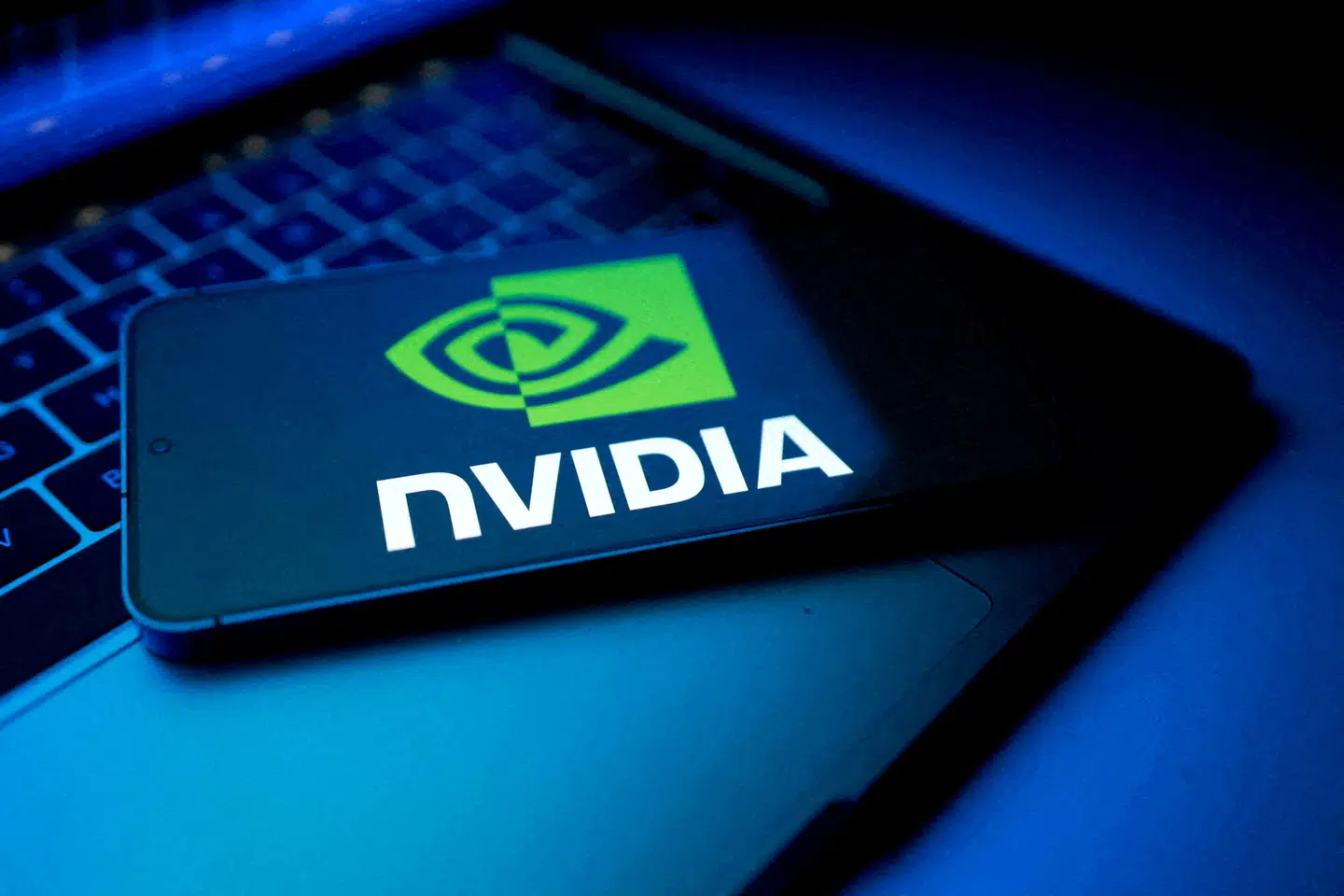Silicon Valley’s startup model encourages “a fake it until you make it” strategy: Pretend to be successful to attract the coders, venture capitalists and customers that bring actual success.
Artificial intelligence took the idea to an extreme, and investors are catching on .
The hustle rests on one basic flaw in the current approach: Providing AI services costs more than customers pay, so the more customers companies attract, the more they lose.
The hope is that by focusing on the number of customers—each one subsidized by shareholders—the companies can create a virtuous circle. Rising use excites investors who put in more money and push up the company’s valuation.
This allows the companies to hire coders, part paid with stock, to subsidize even more customers and, crucially, to spend big on the infrastructure they hope will eventually allow them to develop better products for which customers will pay full price. Voilà ! The faking it leads to making it, and everyone involved is a winner.
The flaw is that investors already realize what’s going on. They may conclude that they don’t want to pay the big costs needed to get to the deeply uncertain end point. The drop in AI infrastructure shares this month shows that caution is setting in.
Two events this week illustrate the worsening environment for AI. First, Nvidia and Microsoft pledged to invest $15 billion between them into Anthropic, the No. 2 large language model developer. In turn, it promised to buy $30 billion of computing capacity from Microsoft , using Nvidia chips.
This sort of circular deal had led to a nice bump in all the stocks involved in the past—but on Wednesday, nada .
Second, Nvidia’s better-than-expected results were hailed by many investors and commentators as proof that there isn’t an AI bubble, and the stock jumped more than 5% on Thursday morning, while smaller AI-related stocks soared.
It only took until that afternoon for people to realize that the argument was daft. Sure, Nvidia is selling a lot of chips—but that’s an essential part of the infrastructure spending in the faking it stage, and if there’s a bubble, this is exactly what you should expect. The stock closed down, with a huge price swing not seen since the April tariff selloff.
None of this is helped by the parallel selloff in stocks popular with individual traders, many of whom are being hammered by losses on crypto, or by fading hopes of a December rate cut from the Federal Reserve.
Trader psychology flipped on Thursday from buy-the-dip to sell-the-rip, which is unpleasant for markets, especially as upward momentum turns downward.
But the core of the AI debate is whether all the spending on chips and research will eventually lead to big enough profits to justify the huge outlays.
Markets are in the process of shifting from treating the answer as an obvious Yes to being slightly more cautious. There’s no sign that they’ve concluded the answer is No: Nvidia shares are still up a third this year, Microsoft 14% and crypto-to-cloud stock CoreWeave almost 80% from its March IPO. The S&P 500 is down only 4.6% from its intraday high last month, hardly an unusual move.
Rather, there’s a shift in the timeline. Investors are less keen on spending heavily now in the hope that in the distant future we get properly intelligent machines able to outperform humans.
They are more keen on finding ways to make money from AI in the near term. This is one reason Alphabet , which has concentrated on corporate sales of existing products, has been virtually immune to the selloff.
Investors want a bit less faking it and a bit more making it. That’s bad news for those focused on grand hopes for the far-distant future, like Meta Platforms or OpenAI, and those selling them data centers. But, so far at least, it’s not the AI bubble popping.
Write to James Mackintosh at james.mackintosh@wsj.com
